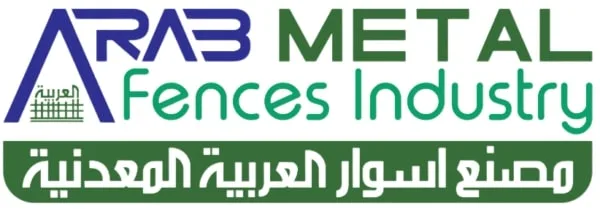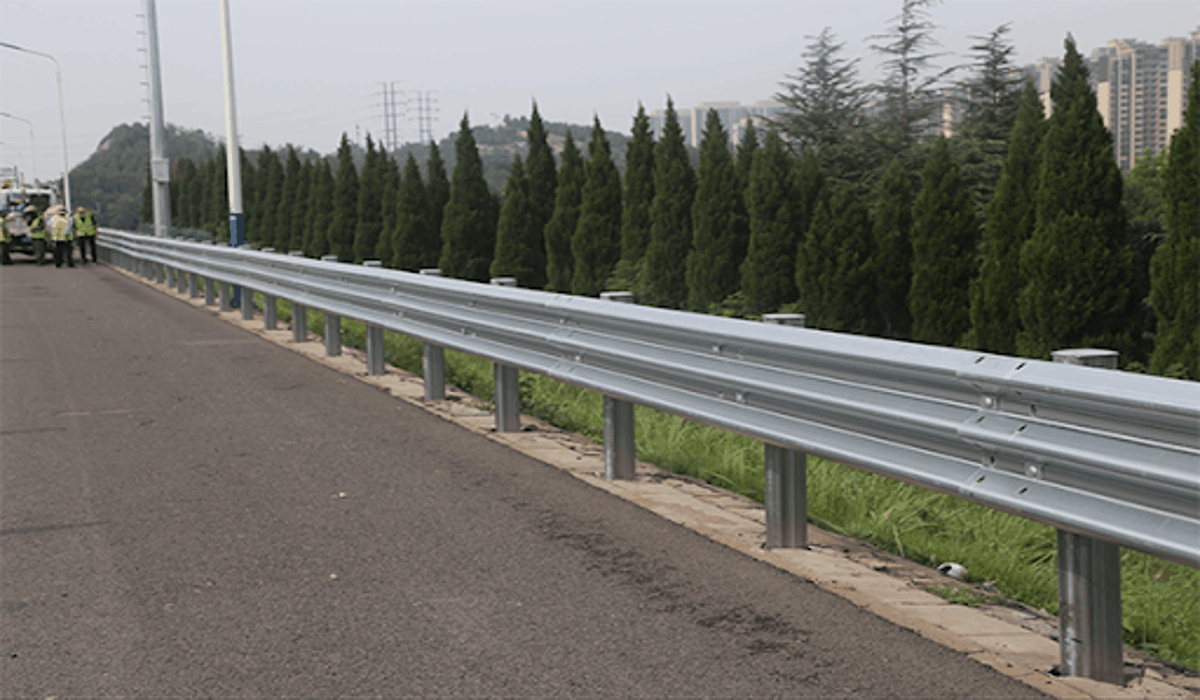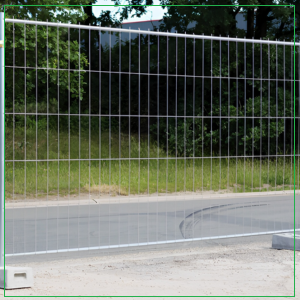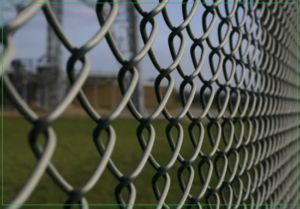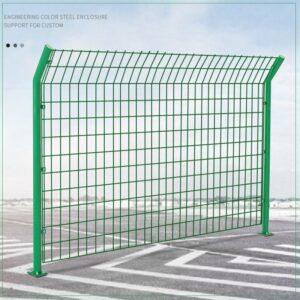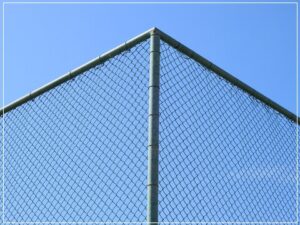Highway barriers are essential to ensure the safety of pedestrians and drivers on the roads. They represent an integral part of transportation infrastructure, so today we will talk about Highway guardrail cost per foot. The costs involved in building and maintaining these barriers vary depending on the required specifications and geographical location. This makes it widely studied in the field of civil engineering and project management.
Factors affecting Highway guardrail cost per foot
Highway guardrail cost per foot
are affected by several basic factors, including design, materials used, labor, and regular maintenance, including:
- The impact begins with design where the type of barrier and its engineering requirements are determined based on traffic and safety studies. The materials used play a major role in the cost. For example, metal or concrete barriers are more expensive than plastic barriers.
- The total cost of barriers depends on human costs, as their installation and maintenance require trained labor. Regular maintenance of barriers is also necessary to maintain their safety and effectiveness, and this increases overhead costs in the long term.
- Highway bollard costs are affected by a wide range of factors that must be considered to achieve a balance between efficiency and cost.
Highway guardrail cost per foot
The costs of highway guardrail vary based on several key factors. For metal highway guardrail, the cost is usually higher due to the steel materials used and the careful engineering design required. Concrete highway guardrail are usually relatively cheaper in cost, but require greater labor costs to install due to the heavy weight and complexity of the structure.
Installation costs are also affected by time and location, as installing highway guardrail requires trained workers and special tools to ensure safety and quality. But maintenance costs include periodic inspections and repairs needed to maintain the integrity of the highway guardrails, which is an ongoing cost that adds up to the total cost over the long term.
Read more: The best types of fence
Prices of used highway guardrail
The type plays a major role in the price, as the prices of metal highway guardrail, which are the strongest of all, range from 200 to 500 Saudi riyals per unit. The condition, size and location of the highway guardrail also affect the final price. This is in addition to the branding and additional features such as lighting or reflectors.
Specifications of ideal highway guardrail
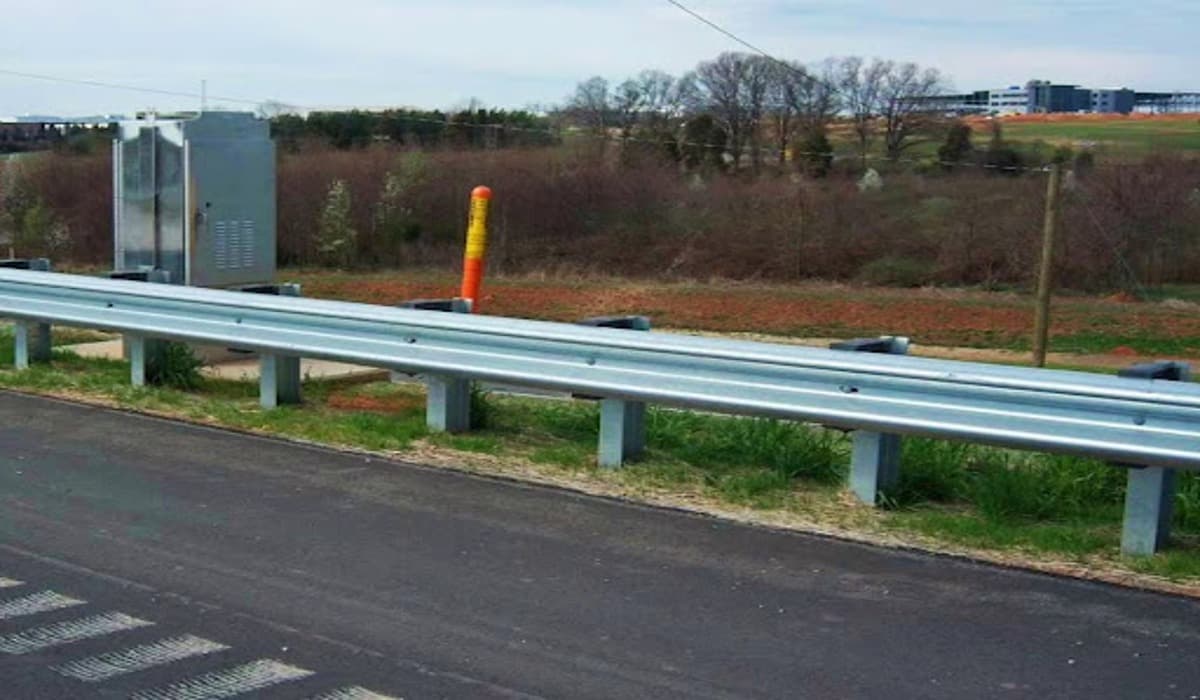
In order for highway guardrail to perform their functions efficiently, they must meet the following specifications:
Durability
Highway guardrail should be made of strong, durable materials, such as steel or concrete. This is so that it can withstand collisions with vehicles without warping or breaking. Highway guardrail must be resistant to corrosion and various weather factors, such as sunlight, rain and snow.
Read more: Temporary fence advantages and applications
Shock absorption ability
Highway guardrail must be designed to absorb impact energy resulting from vehicle collisions. This helps reduce occupant injuries. The impact energy must be distributed along the highway guardrail, rather than concentrated at one point, to minimize damage to the vehicle and driver.
Ease of repair
Highway guardrails should be easy to install and repair after accidents. Spare parts must also be easily available and affordable.
Vision
Highway guardrails must be clearly visible to everyone, especially in conditions with limited visibility, such as at night or in fog. This can be achieved by using reflective paint or installing lights on the barriers.
Environmental compatibility
Highway guardrail must be environmentally friendly, meaning they do not cause harm to the surrounding environment. The materials used to manufacture highway guardrail must also be recyclable.
Now that we know Highway guardrail cost per foot, We find it a necessary investment to ensure the safety of drivers and pedestrians alike. Although the costs may seem high at first, the benefits of reducing accidents and protecting lives justify this investment. By carefully considering materials, design and maintenance, an ideal balance between quality and cost can be achieved.

